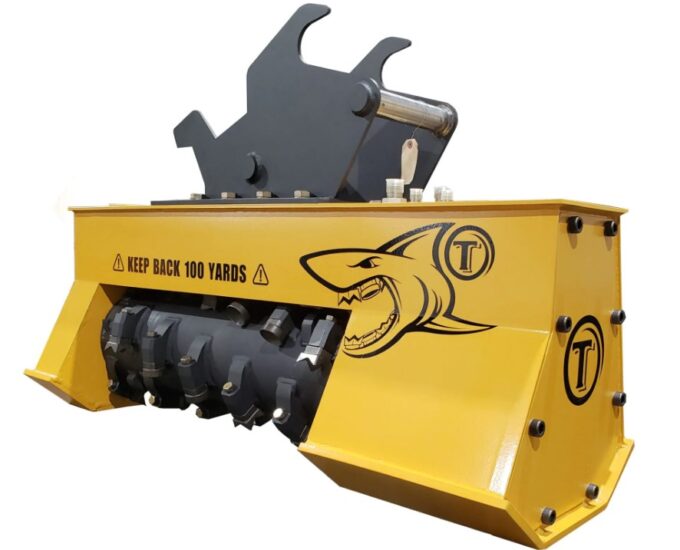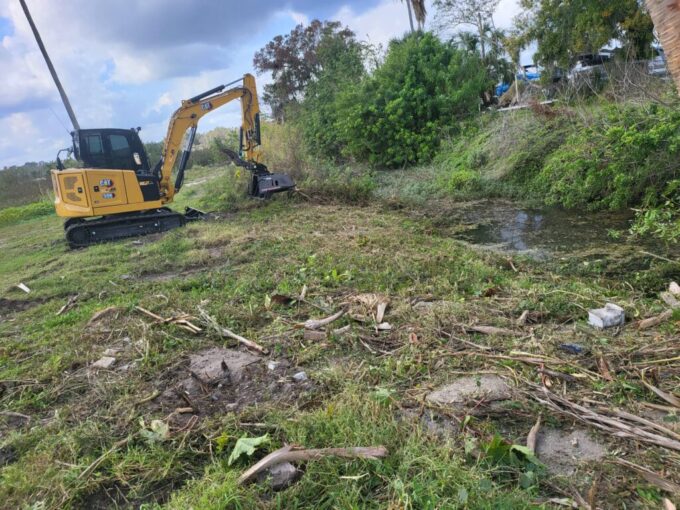
Land clearing is crucial in readying a site for various development projects, be it agriculture, construction, or other land development initiatives. Although the process is not complicated with the right equipment, most people make costly mistakes that they later regret. Knowing what to expect when clearing the land is essential for better budget planning and avoiding unnecessary delays.
This intricate process involves removing trees, stumps, brush, stones, and other impediments from the site. That is why you must secure the right equipment from reputable companies such as Torrent Mulchers for high-quality equipment.
However, the complexity of this task often leads to pitfalls. Recognizing these common blunders and understanding how to circumvent them can save time and resources and prevent environmental harm.
Here, we delve into six common land-clearing mistakes and provide insights on avoiding them.
1. Choosing Inappropriate Equipment
Selecting outdated or unsuitable equipment for land clearing increases project time, costs, and the risk of accidents. When choosing land-clearing equipment, it’s critical to ensure you get it from the right company and that it is durable and easy to use.
How to Avoid
Carefully assess the project’s needs and choose equipment that suits the terrain and vegetation being cleared. Suppose you consider making ditches, mowing tree lines, or working on a steep hillside.
In that case, you might consider getting a brush cutter for the excavator since they are excellent attachments built for harsh mowing conditions. It will help you save time since it’s easy to use, and when done right, you will get perfect results. Forestry mulching equipment is often a versatile and practical choice for projects aiming at minimal environmental impact.
2. Inadequate Planning
Failure to devise a comprehensive plan is a primary error in land clearing. Proper planning involves a thorough understanding of the project’s scope, the land’s nature, and the clearing process’s desired outcome.
How to Avoid
Conduct meticulous research and seek professional consultation before commencing. Formulating a detailed plan that considers factors such as the area’s size, terrain, local regulations, and the optimal clearing method can streamline the process. Exploring eco-friendly options like forestry mulching in regions like Tallahassee should be integral to effective planning.
3. Underestimating Project Complexity

Source: polkexcavating.com
Land-clearing projects can be more complex than they seem. Underestimating the time, resources, or expertise required can lead to incomplete projects or the need for rework.
How to Avoid
Conduct a thorough assessment of the project site, including soil type, vegetation, and potential obstacles. Hiring experienced professionals, particularly for tasks like forestry mulching in Tallahassee, ensures efficient and effective project completion.
4. Disregarding Local Regulations and Permits
Underestimating the significance of adhering to local regulations and obtaining necessary permits is a common oversight during land clearing, leading to legal complications, fines, and project delays.
How to Avoid
Always check with local authorities to ascertain the required permits and regulations before initiating any clearing project. This involves understanding restrictions on methods like forestry mulching in Tallahassee and ensuring compliance with local environmental standards.
5. Inefficient Debris Management
Inadequate handling of debris can impede project progress and result in additional costs for removal and disposal.
How to Avoid
Plan for debris management from the outset. Methods like forestry mulching, where debris is turned into mulch on-site, significantly reduce waste and disposal needs. If mulching isn’t feasible, consider other eco-friendly disposal methods to minimize the environmental footprint.
To Seamless Land Clearing!
Forestry mulching is emerging as an efficient and eco-friendly method for land clearing, underscoring the importance of well-informed approaches to this critical undertaking.
Avoiding these common mistakes demands meticulous planning, regulation adherence, consideration of environmental impacts, and the reasonable selection of methods and equipment.
By incorporating these factors, land-clearing projects can be executed more efficiently, sustainably, and with fewer unexpected challenges.



